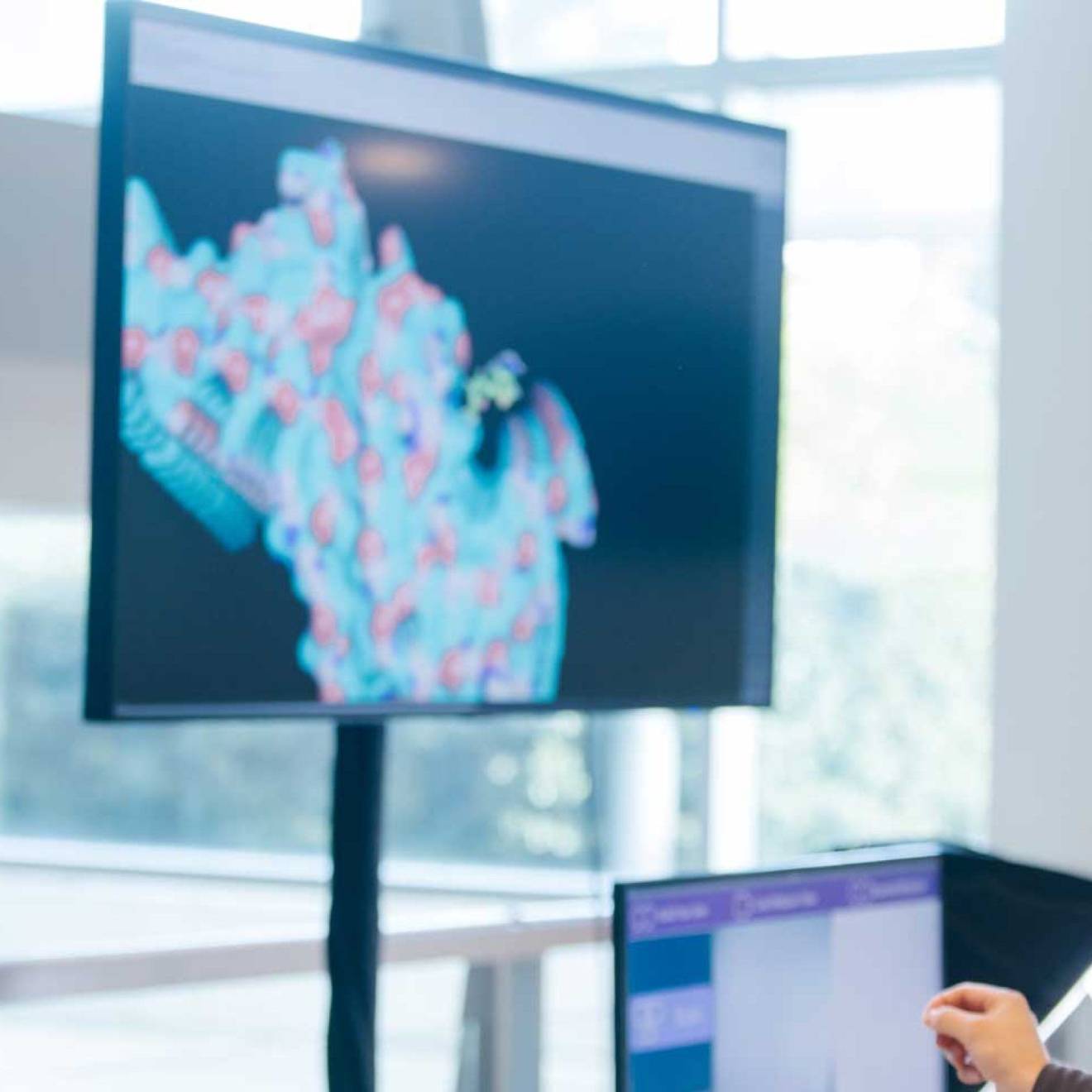Alec Rosenberg, UC Newsroom

The University of California’s Center for Health Quality and Innovation has funded projects to improve care at UC medical centers, from higher survival rates for heart attacks to fewer blood clots and lower radiation doses.
But extending such improvements across all five UC medical centers continues to be a challenge, speakers said Wednesday (April 22) at the innovation center’s fourth annual colloquium in Oakland.
In four years, the innovation center has funded 50 projects, with a report finding that its grants produce a 5-to-1 return on investment, said Dr. John Stobo, UC Health executive vice president.
“While each project has been worthy in addressing cost, quality and safety, we have not been as successful in spreading projects from one or two medical centers to all UC medical centers and beyond,” Stobo said. “We are at a crossroads.”
The innovation center was established in October 2010 to foster innovations developed at UC medical center campuses and hospitals in order to improve quality, access and value in the delivery of health care.
Panelists provided an in-depth assessment of barriers to implementing systemwide change in the hopes of identifying solutions to sharing effective projects more broadly.
“That’s the only way we are going to get better,” said moderator Dr. Robert Wachter, professor and associate chair of the Department of Medicine at UC San Francisco. “We may have been too ambitious. Start smaller. Get it right. Build on your successes.”
Reducing radiation doses
The use of computed tomography (CT) exams has risen dramatically in the past 20 years, with about 1 in 5 patients receiving a CT scan each year. While the technology is an important medical advance, it’s estimated that 2 percent of cancers may be caused by CT radiation exposure. CT scans deliver much more radiation than conventional imaging, doses are highly variable and often are higher than needed, said innovation center grantee Dr. Rebecca Smith-Bindman, professor in residence in the Department of Radiology at UCSF.
Smith-Bindman leads the UC DOSE project to optimize and standardize computed tomography radiation doses for patients across UC medical centers. The project has helped reduce CT doses by 25 percent at UC medical centers, generated nine papers and led to more than $10 million in additional grants to expand the work to other hospitals.
But getting buy-in across UC has been difficult, involving many phone calls and urging colleagues to implement changes, which has worked in some cases but not always, she said.
“I have become increasingly frustrated by the tension between research and improving the clinical service,” Smith-Bindman said. “As a researcher, I do not have clout alone to influence day-to-day practice or to motivate ongoing interest in this topic.”
Stopping blood clots
Blood clots are a leading cause of preventable deaths in hospitals nationwide. Among the most deadly of these conditions is venous thromboembolism, VTE, which occurs when a blood clot that develops in a deep vein of the leg or pelvis, dislodges and travels to the lung to form a pulmonary embolism.
A five-campus project led by Dr. Greg Maynard reduced the VTE rate at UC medical centers by 24 percent from 2011 to 2014, preventing about 170 VTE cases and saving $2 million a year.
Still, Maynard has trained other organizations in the VTE protocol and said that they were able to ramp up improvements more quickly than UC medical centers. Standardizing information technology systems would help, said Maynard, who became chief quality officer at UC Davis Medical Center in March after working at UC San Diego.
“It starts with making it a priority at the top,” Maynard said.
Healing hearts
More than 200,000 people have cardiac arrests in U.S. hospitals each year. Less than a quarter of them survive. The Advanced Resuscitation Training (ART) program developed at UC San Diego has reduced the incidence of cardiac arrest at UC San Diego hospitals and doubled survival for remaining victims to about 40 percent. A key factor in those improvements has been having support from the chief medical officer and chief nursing officer, said Dr. Rebecca Sell, assistant professor of clinical medicine at UC San Diego.
An innovation center grant has expanded the ART program, which focuses on prevention, identifying early indicators and creating a culture of resuscitation, to the other UC medical centers. While early results have been promising, “it requires a lot of collaboration,” said Dr. Matt Aldrich, associate professor of anesthesia at UCSF. “There’s a lot of herding cats.”
“It’s hard enough to change one department,” added Dr. Edward Lee, assistant clinical professor of general internal medicine at UCLA.
UC Davis has taken a bottom-up approach that has helped overcome concerns with a “let’s-do-this” mentality, said Dr. Aaron Bair, professor of emergency medicine at UC Davis.
Strength in numbers
Nearly 100 people attended the colloquium. Attendees said they found the discussion fruitful.
“This is great,” said Dr. Catherine Lau, a UCSF hospitalist who is entering the third and final year of an innovation center project to improve neurosurgical patient outcomes and care experiences. “It’s really about sustainability and changing the culture.”
Innovation center Executive Director Karyn DiGiorgio agreed.
“The Center for Health Quality and Innovation plans to keep focusing on scaling up successful projects across UC Health,” DiGiorgio said.
Despite facing barriers, it’s important for UC Health to continue to look at things from a systemwide basis, Stobo said. He pointed to UC Health’s year-old Leveraging Scale for Value initiative, where UC’s five medical centers are working to collaborate as a system to save in the range of $100 million to $150 million a year, focusing initially on supply chain, revenue cycle and clinical laboratories.
“I feel energized about what we can do to spread innovations and help UC Health and the UC system demonstrate the way for others,” Stobo said.

